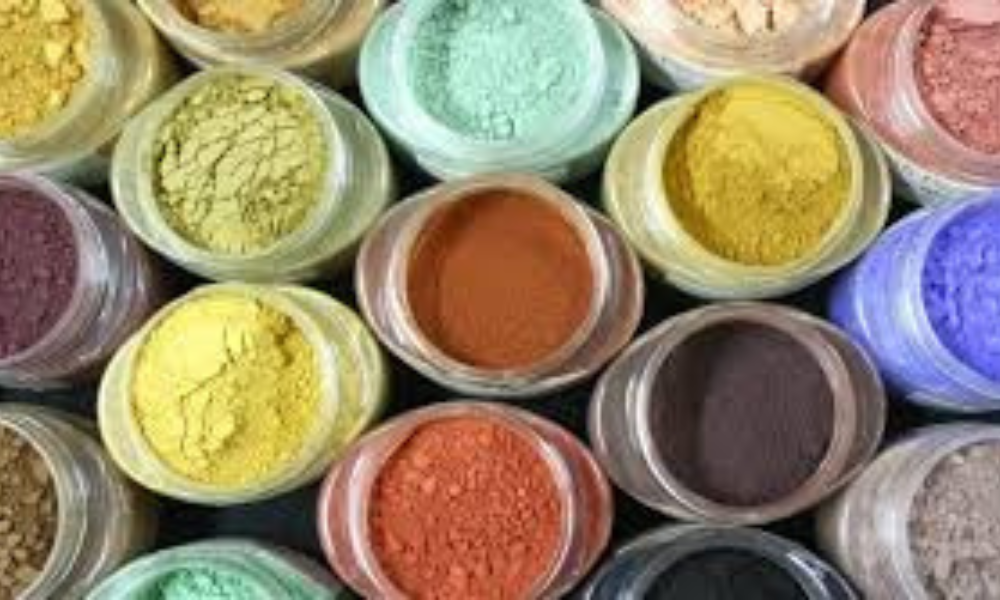The Art of Pigments and Powders:
Artists have been using pigments and powders for centuries to create stunning works of art. From ancient cave paintings to modern masterpieces, these materials have played a vital role in shaping artistic expression. But what exactly are pigments and powders, and how do they contribute to the creative process? In this blog post, we’ll explore the world of pigments and powders, delving into their types, uses, and importance in art.
What Are Pigments?
Pigments are finely ground natural or synthetic substances that give color to various materials. In art, they are commonly mixed with binders, such as oil, water, or acrylic, to form paint. Pigments can be derived from a wide variety of sources, including minerals, plants, and even animals. Over the years, synthetic pigments have become more common, providing artists with a broader range of vibrant and durable colors.

Types of Pigments
Natural Pigments: These are pigments sourced from nature, including minerals and organic materials. For example, ochre is a mineral pigment that has been used for thousands of years, offering shades of yellow, red, and brown. Cinnabar is another natural pigment used to create vibrant reds.
Synthetic Pigments: These pigments are artificially created in laboratories and offer brighter, more stable colors than many natural options. Some famous synthetic pigments include phthalo blue and cadmium yellow, both known for their intense, long-lasting hues.
Metallic Pigments: Artists often use metallic pigments, such as gold, silver, and copper, to add a reflective, shiny quality to their work. These pigments can be used to highlight specific areas or create a sense of luxury and depth.
What Are Powders in Art?
Powders are finely ground substances, similar to pigments, but they often serve different purposes. They are typically mixed into mediums or added to surfaces to create texture, depth, and unique effects. Powders can include materials like graphite, charcoal, mica, and marble dust, each offering distinctive qualities.
Uses of Powders in Art
Textural Effects: Powders are often used to create texture in a painting or drawing. For example, adding marble dust to acrylic paint can give a work a gritty, three-dimensional feel.
Blending and Shading: Artists use charcoal or graphite powders to create smooth transitions between light and dark areas, especially in drawings and sketches. These powders allow for more precise control over shading and highlight effects.
Metallic Finishes: Just like pigments, some powders, such as mica, are used to give art a shimmering, metallic effect. This technique is popular in mixed media artworks where the artist wants to create a sense of movement or light reflection.

Why Pigments and Powders Are Essential to Artists
Both pigments and powders offer artists unparalleled versatility in their craft. The ability to create specific colors and textures allows artists to bring their visions to life in ways that are unique and personal. Whether used for painting, drawing, or mixed media, these materials form the foundation of artistic expression, providing artists with the tools they need to explore their creativity.
Choosing the Right Pigments and Powders
When selecting pigments and powders, it's essential for artists to consider the desired effect, durability, and compatibility with their chosen medium. While natural pigments often provide earthy tones and a historical connection, synthetic pigments are favored for their vividness and stability. Powders, on the other hand, should be chosen based on the texture or finishing effect the artist wishes to achieve
Final Thoughts
Pigments and powders are more than just materials; they are the building blocks of artistic creativity. With endless options available, artists can mix, blend, and experiment to develop their unique style. Whether you are painting a masterpiece or sketching a quick study, pigments and powders will continue to be essential tools in every artist’s toolkit.

